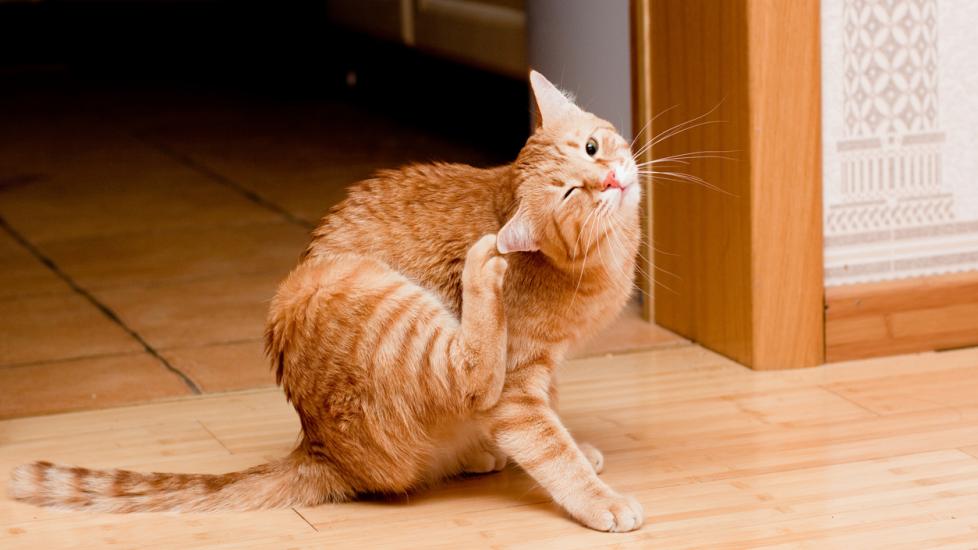Fur Mites in Cats
Fur Mites in Cats
Fur mites (Lynx acarus radovskyi) are parasites that live on cats’ hair shafts. They mainly cause a dull, dry hair coat. Most cats with fur mites are not itchy.
Infestations are rare and tend to occur in more tropical regions, such as Hawaii and the Florida Keys.
Vet Recommended Health Support
- Feliway Optimum Enhanced Calming 30 Day Diffuser for Cats$29.99Chewy Price
- Purina Pro Plan Veterinary Diets FortiFlora Powder Probiotic Digestive Supplement for Cats, 30 count$30.99Chewy Price
- Purina Pro Plan Veterinary Diets Hydra Care Liver Flavored Liquid Supplement for Cats, 3-oz pouch, case of 12$14.99Chewy Price
- Purina Pro Plan Adult Sensitive Skin & Stomach Lamb & Rice Formula Dry Cat Food, 7-lb bag$28.08Chewy Price
Causes of Cat Fur Mites
Cat fur mites are not highly contagious. Infection occurs by direct contact with other infected cats or via recently contaminated environments or grooming tools.
Symptoms of Fur Mites in Cats
Fur mites most commonly affect a cat’s hind end. The mites and their eggs may affect your cat’s coat in these ways:
-
Salt-and-pepper appearance
-
Dull coat
-
Dry coat
-
Rust-colored coat
-
Hair that falls out easily
The intensity of itching can vary greatly, depending on the severity of your cat’s allergic response. Other, extremely rare, symptoms of fur mites include:
-
Gastrointestinal disturbances
-
Rectal irritation
-
Poor appetite
-
Restlessness
-
Fever
-
Weight loss
Diagnosing Fur Mites in Cats
A diagnosis of fur mites in cats is made by plucking hairs and examining them under a microscope, as the fur mites live attached to the hair shaft Your vet may collect hair samples with adhesive tape for microscopic examination.
Treatment for Fur Mites in Cats
Most routine flea and tick medications should be effective against fur mites. All pets that have come into contact with an affected cat should be treated. Fur mites are not known to affect humans.
The environment may be treated with products approved for flea control. However, that step may not be necessary if your cat will be treated over 6-8 weeks.
Recovery and Management of Fur Mites in Cats
Routine treatment with flea and tick preventatives should prevent reinfestation.
Featured Image: iStock.com/foaloce




